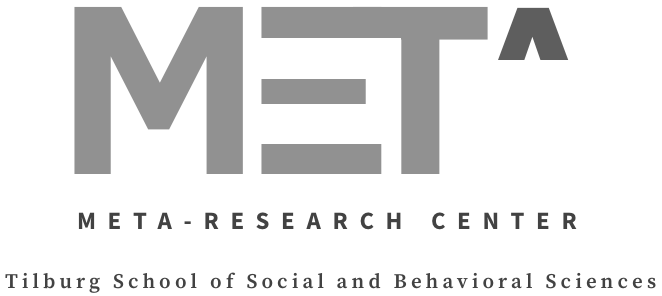Media Attention for `statcheck`
Lately there has been quite some media attention for statcheck. In a piece in Nature, Monya Baker has written a thorough and nuanced overview of statcheck and the PubPeer project of Chris Hartgerink, in which he scanned 50,000 papers and posted the statcheck results on the online forum PubPeer. In the Nature editorial this type of post-publication peer review is discussed. Some other interesting coverage of statcheck can be found here:
- Buranyi, S. (2016). Scientists are worried about `peer review by algorithm’. Motherboard (VICE). URL
- Resnick, B. (2016). A bot crawled thousands of studies looking for simple math errors. The results are concerning. Vox. URL
- Kershner, K. (2016). Statcheck: when bots `correct’ academics. How Stuff Works. URL
- Keulemans, M. (2016). Worden sociale wetenschappen geterroriseerd door jonge onderzoekers?: Oorlog onder psychologen. De Volkskrant. URL
